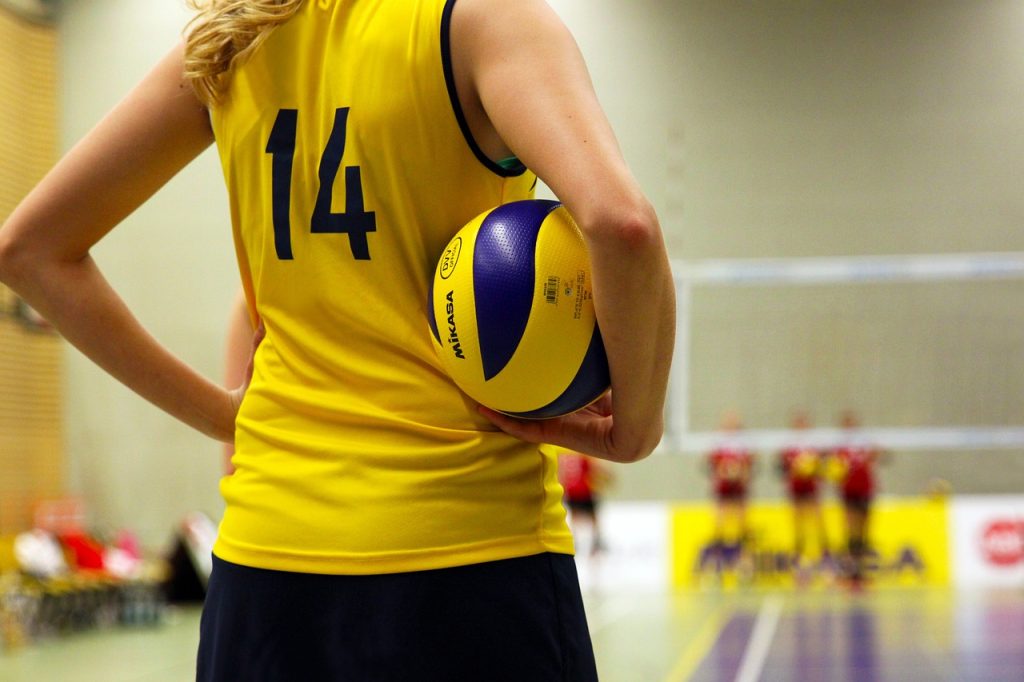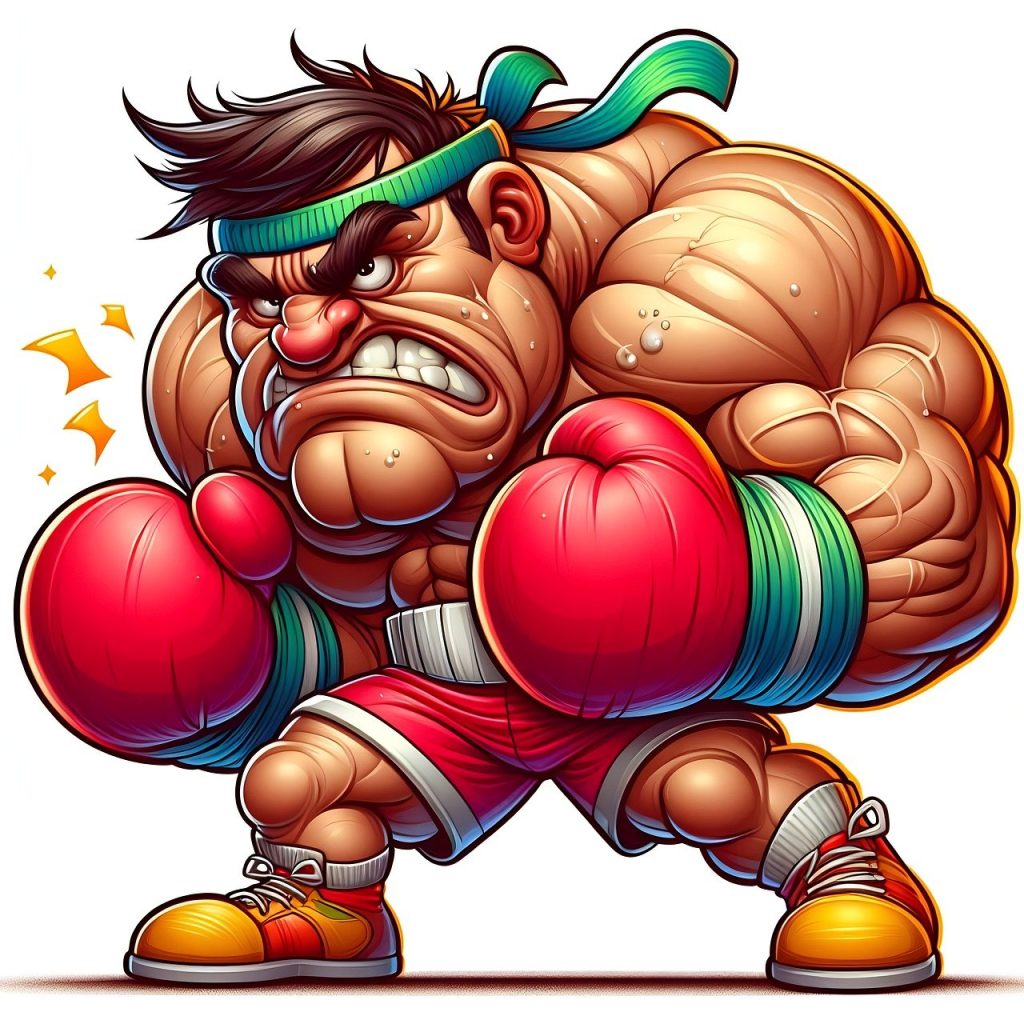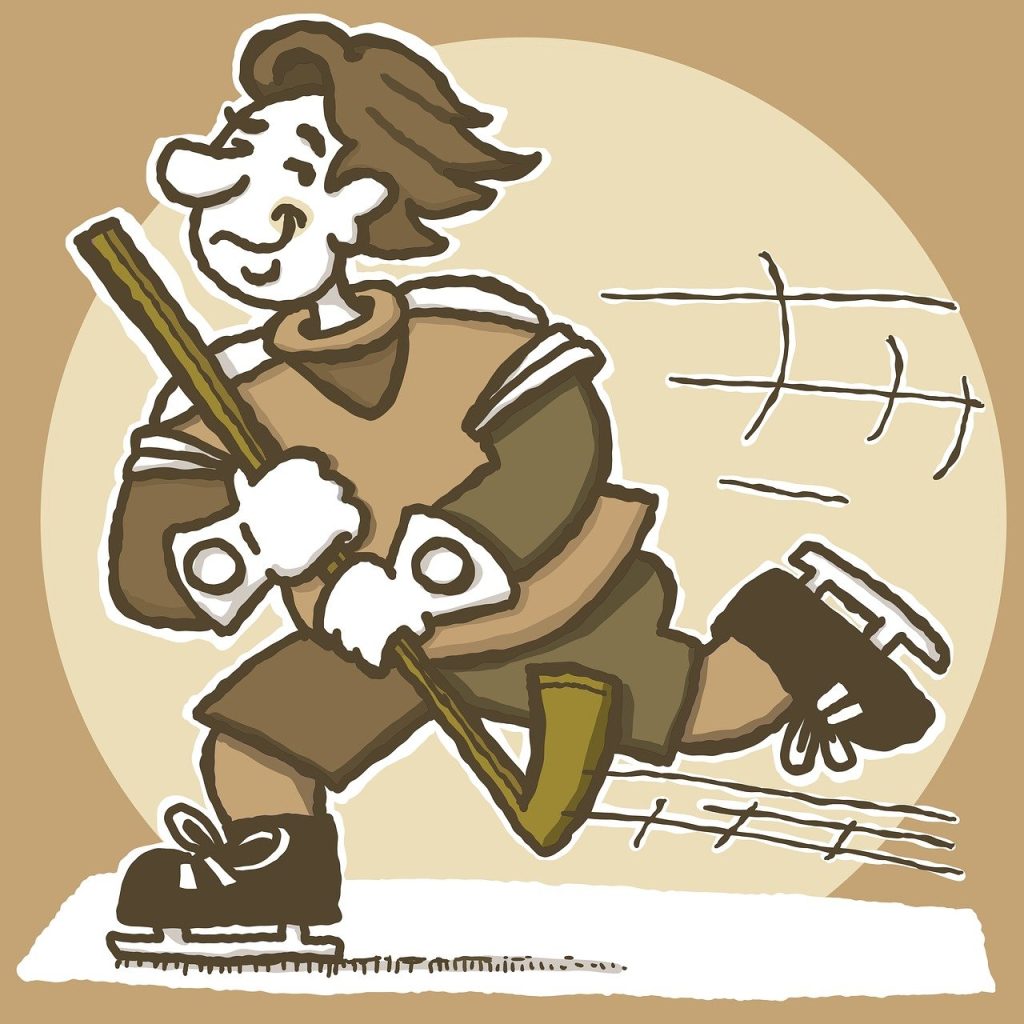Writing a compelling sports article requires a deep understanding of the game, its players, and the significance of the event. A well-crafted sports article should captivate readers, provide insightful analysis, and convey the excitement of the game.
The Game Angle: Core of Sports Writing
The game angle answers the question of how the winning team secured victory through in-depth analysis. This involves dissecting the game’s pivotal moments, strategies, and player performances. There are four primary types of game angles:
– Key Player: Focuses on the outstanding performance of a single player.
– Key Play: Highlights a crucial moment or strategy that turned the game.
– Historical Background/Context: Provides insight into the teams’ past encounters, injuries, or notable events.
– Analytical Approach: Breaks down team statistics, tactics, and coaching decisions.
Each game angle provides a unique perspective, allowing writers to craft engaging narratives. For instance, the Key Player angle highlights a player’s skills and impact, while the Key Play angle showcases a game-changing moment.

Significance Angle: The Bigger Picture
The significance angle explains the importance of the winning team’s victory, including accolades, podium finishes, and rankings. This broader perspective helps readers understand the game’s impact beyond the scoreboard. By exploring the significance angle, writers convey the excitement and stakes of the game.
Structuring Your Sports Article (Parts of the Sports Article)
- Headline
A well-structured sports article begins with a captivating headline, combining the game angle, winning team, significance, and might include an event/significance kicker or a hammer.
HEADLINE TEMPLATE:
Subject + Verb that suits with the game angle + Object; Appropriate verb + Significance
- Lead
The lead introduces the winning team, losing team, score/outcome, and significance angle, setting the tone.
LEAD TEMPLATE:
[Appropriate Verb] + [Winning Team + Modifier] + [Losing Team + Modifier], [Score/Outcome, if applicable], to [Appropriate Verb] in [Significance Angle] at [Event and Sport] on [Venue], [Date].
- Supporting Lead
In the supporting lead, writers elaborate on the game angle, explaining its impact on the losing team and the winning team’s path to significance.
- Quotations

Relevant quotes from the winner/loser add depth and authenticity.
- Play-by-Play
Play-by-play sections alternate between the winner’s and loser’s perspectives, providing a balanced view.
The winner’s point of view describes the highlight, supported by facts and analysis, and its impact on the game.
• Winner’s Point of View (at least 3 paragraphs)
[Creative yet concise statement about the highlight] + [Facts/analysis supporting the statement] + [Impact of the fact on the winner/loser/game], [Score].
The loser’s point of view describes their struggles, highlighting efforts and statistics.
• Loser’s Point of View (at least 2 paragraphs)
[Meanwhile], [Less creative statement about the loser’s highlight] + [Losing Team] + [Additional details about the loser’s highlight], [but] + [it wasn’t enough] to overcome [winner’s game angle], securing [loss/accolade] in the process.
- Losing Team’s MVP and Stats
Acknowledging the losing team’s standout player and stats adds sportsmanship and respect.
[Appropriate Verb] + [Losing Team’s MVP] with [Stats], but it wasn’t enough to secure their team’s victory.
- Advancer
In preparation for their next challenge, [Winner] will showcase [creative verb] against [next opponent/event] at [location and time].
Tips for Effective Sports Writing
Researching online articles helps writers understand the craft. Familiarizing oneself with sports jargon and verbs enhances credibility. Practice writing develops a unique voice and style.
Accuracy, objectivity, and fairness are crucial. Using active voice and concise language ensures clarity and readability.
Best Practices
– Use descriptive language to recreate the game atmosphere.
– Incorporate quotes from coaches, players, and officials.
– Provide context for readers unfamiliar with the sport or teams.
– Use statistics and data to support analysis.
– Address controversies or notable events surrounding the game.

Common Pitfalls to Avoid
– Biased reporting or favoritism.
– Overemphasis on individual players or teams.
– Lack of context or background information.
– Inaccurate or outdated statistics.
– Poorly structured or disorganized writing.
Writing a captivating sports article requires creativity, analysis, and attention to detail. By understanding the game angle, significance angle, and structural guidelines, writers engage readers and convey the excitement of the game. With passion, objectivity, and dedication, sports writing thrives, inspiring fans and athletes alike.

ABOUT THE AUTHOR
Ronzel Clent Lumayag is an 8-year campus sports writer in both English and Filipino. He joined various categories in schools press conferences such as news, feature, editorial, and sports writing as well as a collaborative desktop publishing. He is currently the Editor-in-chief in the school publication, former sports editor, and he is a consistent DSPC qualifier and was an NSPC qualifier in Sports Writing last 2023 at Cagayan de Oro City.

